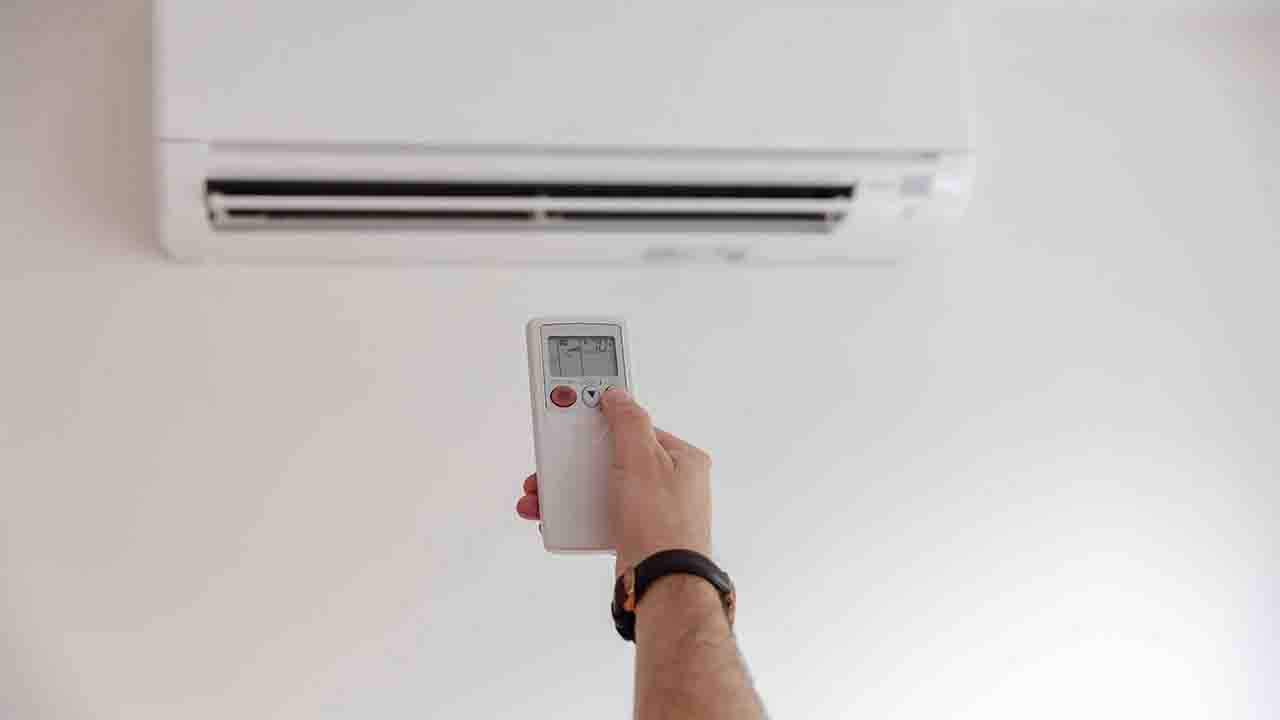Let’s talk about Darwin, the lively capital of Australia’s Northern Territory. It’s no secret that the weather there can be seriously scorching and sticky. With around 150,000 folks calling this place home, finding solace from the tropical heat is a top priority. Air-conditioned havens – homes, offices, and cars – have become the go-to retreats for residents seeking refuge.
However, here’s a twist: recent research from the Australian National University (ANU) is suggesting that our trusty air-conditioners, typically set to a cool 21 degrees Celsius, might actually be making us more vulnerable to the dangers of heat. It turns out that heatwaves are a more formidable foe in Australia than bushfires, floods, and storms combined when it comes to claiming lives.
The ANU team is pointing the finger at climate change for intensifying the threat of heat-related deaths, especially in regions that are already hot by nature. Simon Quilty, the head honcho behind the study, hails from the ANU’s National Centre for Epidemiology and Population Health. He shared a fascinating tidbit with VOA: avoiding the heat and humidity might just be preventing us from adapting to our surroundings.
According to Quilty, our bodies actually become more accustomed to the climate we live in when we brave the elements regularly. Think of it like this: our body’s internal thermostat gets recalibrated. This adjustment takes about a fortnight, during which time our sweating, breathing, kidney function, and even heart performance change. But here’s the snag – our lives nowadays are practically set at a constant 21 degrees Celsius. For those enduring sizzling climates like Darwin’s, this lack of acclimatization might be ramping up their vulnerability to heat-related risks.
Interestingly, the research highlights that Indigenous communities in the Northern Territory seem to handle the heat better. They often shun air-conditioning, favoring a more natural approach. They’ve been showing impressive resilience to extreme weather conditions for thousands of years, after all.
So, the study proposes that it’s time for communities in hot climates to start thinking beyond air-conditioning. It suggests that we can borrow some wisdom from Indigenous Australians, who’ve mastered the art of dodging the sun during the hottest part of the day and scaling back physical activity. They also recommend designing homes in these areas to embrace passive cooling techniques, which can save on energy costs.
And if you’re dreaming of an afternoon nap, it turns out that taking a siesta during the hottest part of the day might just be the ticket to acclimatizing our bodies to the heat. Who would’ve thought?
In a nutshell, while air-conditioning can be oh-so-tempting, our bodies might benefit from a bit more interaction with the elements. There’s a lot we can learn from the folks who’ve been thriving in these conditions for generations. So, whether you’re soaking up the knowledge or just enjoying the breeze, remember that there’s more to beating the heat than cranking up the AC.








